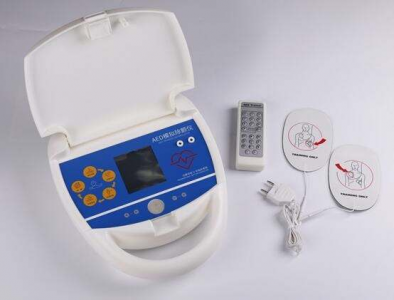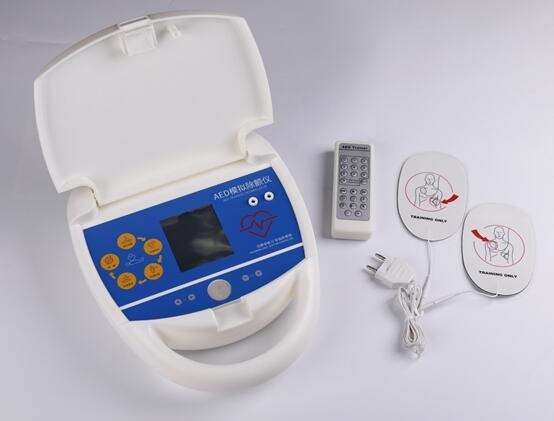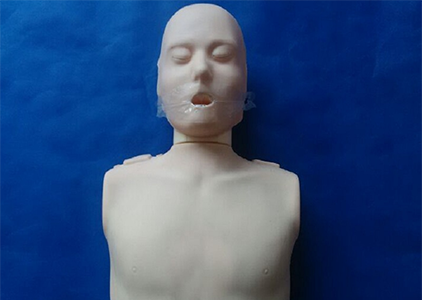
The working principle of the automated external defibrillator (AED) is mainly based on the principle of electric shock defibrillation and is used to provide first aid to cardiac arrest patients in emergencies.

First, the AED can automatically analyze the patient's heart rhythm. When the AED's electrode pads are attached to the patient's chest, it will detect the patient's heart electrical activity through the electrode pads. The electronic equipment inside the AED will quickly analyze the electrocardiogram waveform to determine whether the patient has arrhythmias such as ventricular fibrillation or pulseless ventricular tachycardia that require defibrillation.
Once the AED determines that the patient needs defibrillation, it automatically charges and prepares to deliver an electric shock. The purpose of electric shock is to stimulate the heart through electric current to resynchronize myocardial cells, thereby terminating ventricular fibrillation or pulseless ventricular tachycardia and allowing the heart to return to normal rhythm.
Before the electric shock is released, the AED will issue a voice prompt to ensure that on-site personnel have left the patient to avoid contact with the patient during the electric shock. Once it is confirmed that it is safe, the AED will automatically release an electric shock and transmit the current to the patient's heart through the electrode pads.
After the shock, the AED analyzes the patient's heart rhythm again to evaluate whether the defibrillation was successful. If the heart rhythm still does not return to normal, the AED may prompt for additional defibrillation or cardiopulmonary resuscitation (CPR).
During the entire process, the operation of AED is relatively simple, and is usually equipped with voice prompts and screen animation operation prompts, allowing non-professionals to master the use method in a short time. However, although the AED provides an effective first aid tool for non-professionals, it is still necessary to remain calm during use, call the emergency number as soon as possible, and wait for the arrival of professional medical personnel.
In general, the automatic external defibrillator provides timely first aid for cardiac arrest patients by automatically analyzing the heart rhythm and releasing electric shock defibrillation. Its emergence has greatly improved the ability of non-professionals to treat emergencies and is of great significance to saving lives.







Sophie Asveld
February 14, 2019
Email is a crucial channel in any marketing mix, and never has this been truer than for today’s entrepreneur. Curious what to say.
Sophie Asveld
February 14, 2019
Email is a crucial channel in any marketing mix, and never has this been truer than for today’s entrepreneur. Curious what to say.